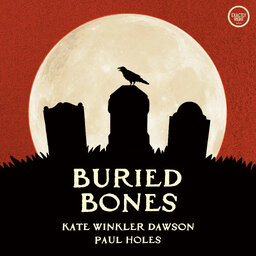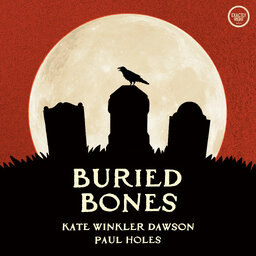On today’s episode, Paul and Kate take us to 1945 West Virginia where a family of 12 is awoken on Christmas Eve by a fire in their home. An investigation of the scene reveals much more than simply what could have started the blaze.
Support this podcast by shopping our latest sponsor deals and promotions at this link: https://bit.ly/4buCoMc
 Buried Bones - a historical true crime podcast with Kate Winkler Dawson and Paul Holes
Buried Bones - a historical true crime podcast with Kate Winkler Dawson and Paul Holes


